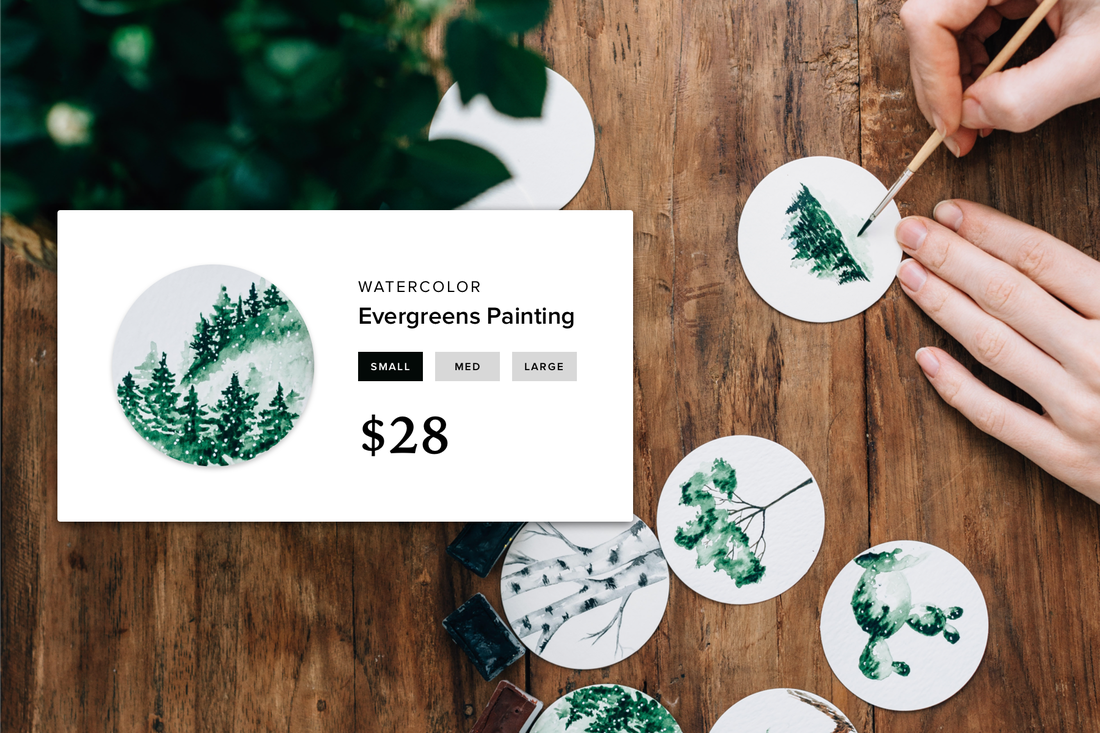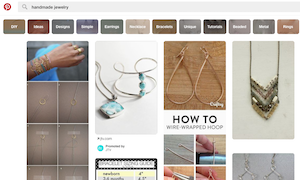Your logo represents your business. It’s the entryway to your brand and should make your customers feel welcome from the start. Use the checklist below to create a logo that’s right for you.
1. Define Your Brand
When creating a logo, it’s critical that you lay the foundation of who you are, what you stand for and how this idea looks in colors, fonts and images. Put this into a brand statement – what do you stand for? Make absolutely sure that your logo reflects your brand.
2. Make it Simple and Practical
Too many small businesses create fussy, complicated logos. The most effective logos are often the simplest (think Nike, Coca Cola, IBM). Sometimes all you need is a professional type treatment. Make sure you create a logo that is legible in all sorts of spots big and small, wide and narrow. It should look good in black and white. It should be easily reproducible. And please don’t use clip art.
3. Look at Your Competitors
Check out your competition. Make sure your logo stands out in a good way.
4. Ask Your Friends
Get feedback from your friends (customers, suppliers, employees, etc). Ask them how your logo makes them feel. What do they think of when they see the logo? If you’ve got it right, these comments should match your brand statement.
5. Make it Offline/Online Ready
You will need various file formats for your logo.
6. Protect It
Do extensive online research for who is using your name and possibly similar logos. Check the U.S. Patent and Trademark Office (USPTO) website to see if there are other companies using your name, or a similar logo. Work with an attorney to do an official trademark search and to file for a trademark. Make sure there are no major infringements you launch.
Once you’ve ticked these boxes, start using your logo. Put it on all of your marketing materials, your invoices, your t-shirts, the side of your truck, and more. Remember your logo is just the tip of your brand image. Use complementary and consistent colors, images, fonts, patterns and brand voice in all you do. Create a brand guide and distribute it through the company so everyone knows what you stand for – and what that looks like. Give your logo life with a full brand ecosystem.
When creating a logo, it’s critical that you lay the foundation of who you are, what you stand for and how this idea looks in colors, fonts and images. Put this into a brand statement – what do you stand for? Make absolutely sure that your logo reflects your brand.
2. Make it Simple and Practical
Too many small businesses create fussy, complicated logos. The most effective logos are often the simplest (think Nike, Coca Cola, IBM). Sometimes all you need is a professional type treatment. Make sure you create a logo that is legible in all sorts of spots big and small, wide and narrow. It should look good in black and white. It should be easily reproducible. And please don’t use clip art.
3. Look at Your Competitors
Check out your competition. Make sure your logo stands out in a good way.
4. Ask Your Friends
Get feedback from your friends (customers, suppliers, employees, etc). Ask them how your logo makes them feel. What do they think of when they see the logo? If you’ve got it right, these comments should match your brand statement.
5. Make it Offline/Online Ready
You will need various file formats for your logo.
- PDF – Good for print. Most designers now use PDF files as the “native”, or “vector” files. These are files you can edit.
- PNG –A lighter weight (smaller file) that works best online for faster loading speeds.
- JPG – Works where you would traditionally use a photo (replaces need for GIF).
- EPS – Good for print. An older file format that some designers still use for their “native” (editable) file. Nowadays, usually can substitute a PDF for an EPS.
6. Protect It
Do extensive online research for who is using your name and possibly similar logos. Check the U.S. Patent and Trademark Office (USPTO) website to see if there are other companies using your name, or a similar logo. Work with an attorney to do an official trademark search and to file for a trademark. Make sure there are no major infringements you launch.
Once you’ve ticked these boxes, start using your logo. Put it on all of your marketing materials, your invoices, your t-shirts, the side of your truck, and more. Remember your logo is just the tip of your brand image. Use complementary and consistent colors, images, fonts, patterns and brand voice in all you do. Create a brand guide and distribute it through the company so everyone knows what you stand for – and what that looks like. Give your logo life with a full brand ecosystem.
 Sara Conte Sara is Co-Founder and President of Brand Genie, the world’s first automated branding agency. Now you can instantly get a logo, website, business card, and brand guide that all work together.
Sara Conte Sara is Co-Founder and President of Brand Genie, the world’s first automated branding agency. Now you can instantly get a logo, website, business card, and brand guide that all work together.





